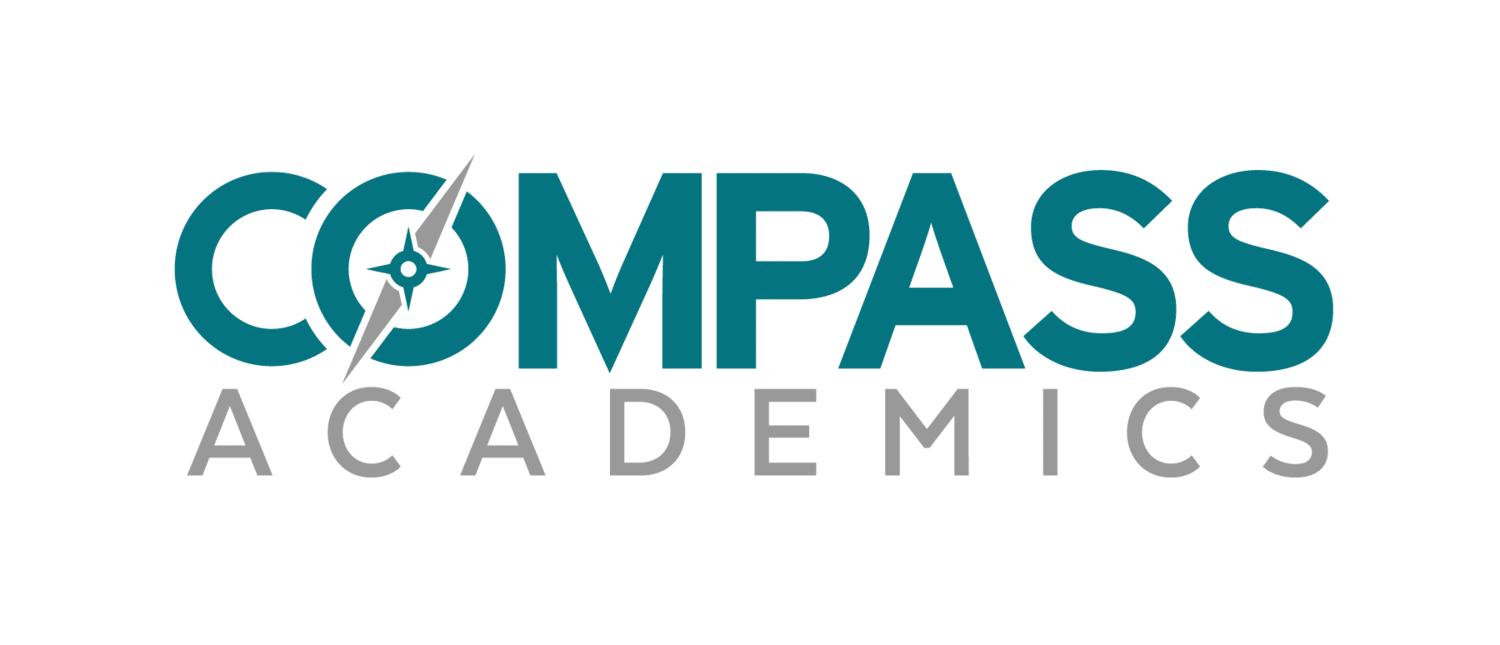How much are applicants worth?
In the world of Big Data and ever-increasing competition, universities are target-marketing to potential students like never before. What used to be a seasonal outreach program to students who generally fit a profile, has now become a year-round campaign to solicit and entice a larger population of students in the hopes of achieving a school’s desired yield. The yield is the proportion of students admitted who actually end up attending an institution. The yield also affects an institution’s financial health and bond rating. In recent years, colleges have had an increasingly difficult time making their numbers. As a result, many schools are using data analytics to target potential students. In addition to analyzing social media activity and purchasing data points from third-parties, these schools are also aiming to woo students with zealous marketing campaigns. A series in The Atlantic last year, discussed this new strategy and explained how the “style over substance” marketing works.
Central to the story is that student data is big business. Like many corporations, colleges pay for personal student information. Two of the top purveyors of student information are The College Board (the folks behind the SAT) and the ACT. Schools use this data to generate what is known as “predictive analysis”; they essentially use data markers to determine which students are likely to accept admission offers and which students will perform well once they are enrolled. This practice has come under scrutiny for various reasons including discrimination based on socio-economic status. However, it is clear that triangulating and analyzing student data helps colleges zero in on students most likely to succeed. According to David Hawkins, executive director for educational content and policy at the National Association for College Admission Counseling, “It’s safe to say college admissions offices have been steeped in this pursuit of better leads and more refined recruitment tactics, and in the use of big data to adapt to changing realities.”
Of course, this methodology isn’t cheap and colleges are paying 42 cents per student for profile information from The College Board. Leveraging Facebook and other social media data tools is likely to be expensive on a massive scale and institutions are contracting with third-party analytics to decipher all of the data trails left by applicants. This raises a question about privacy and property: Should the personal information of students be sold at all? student cost admissions applications college selection

